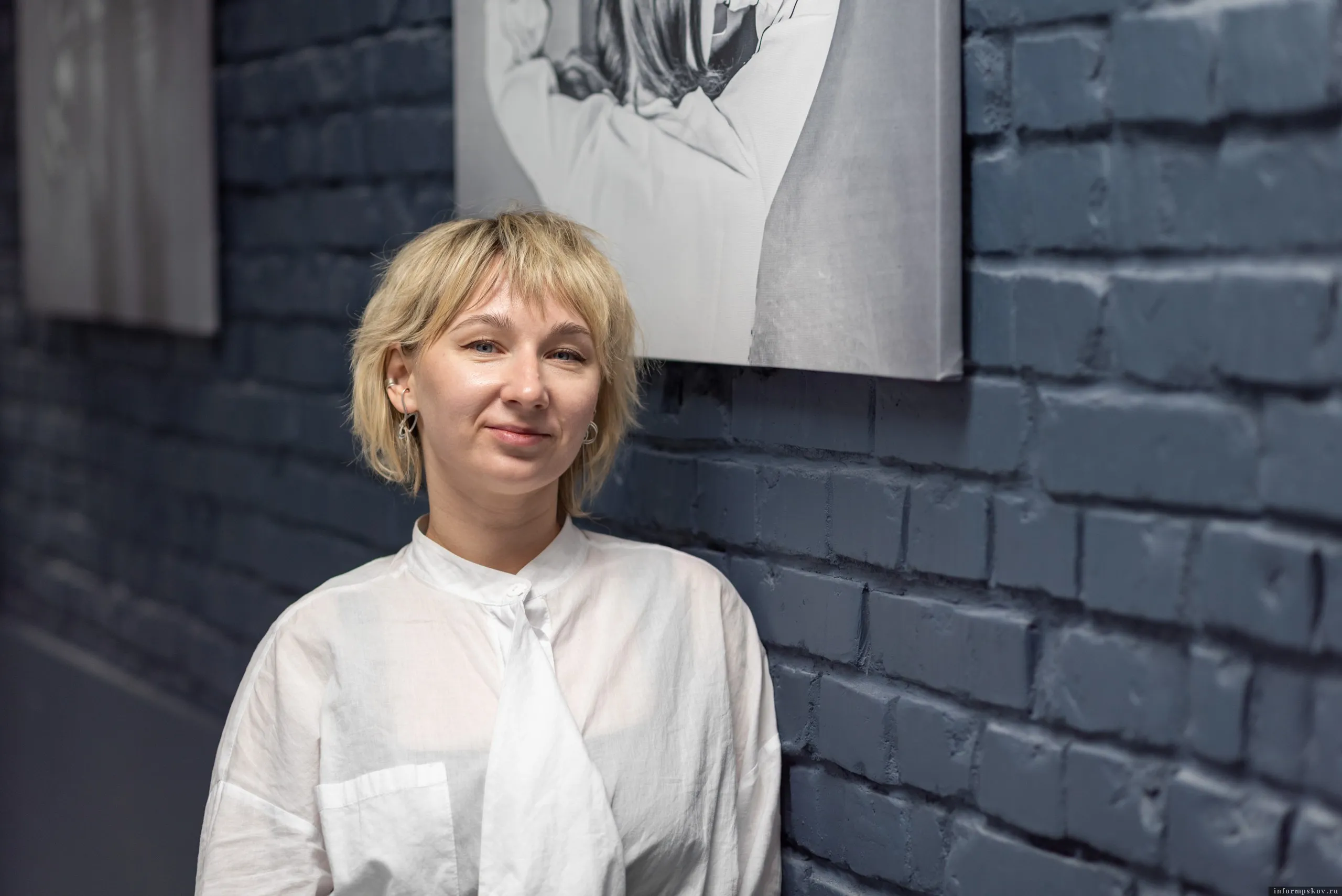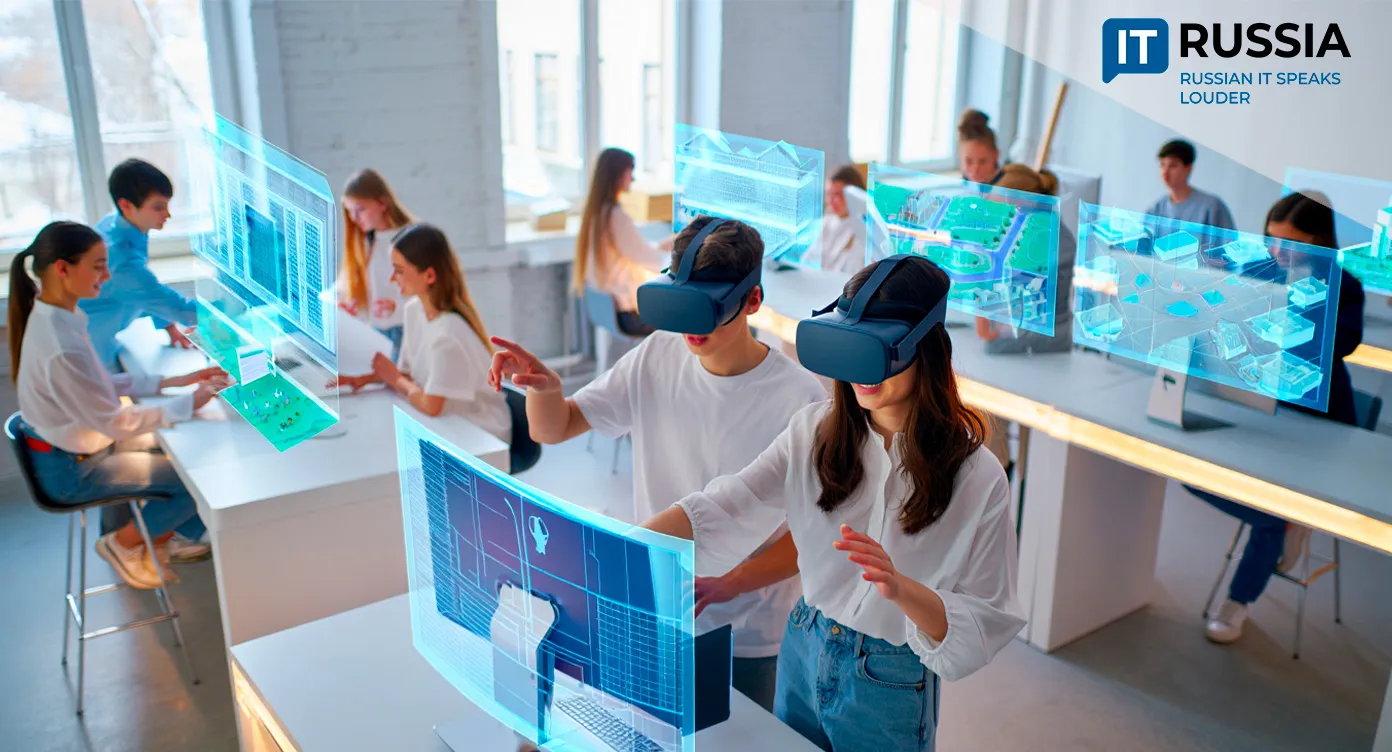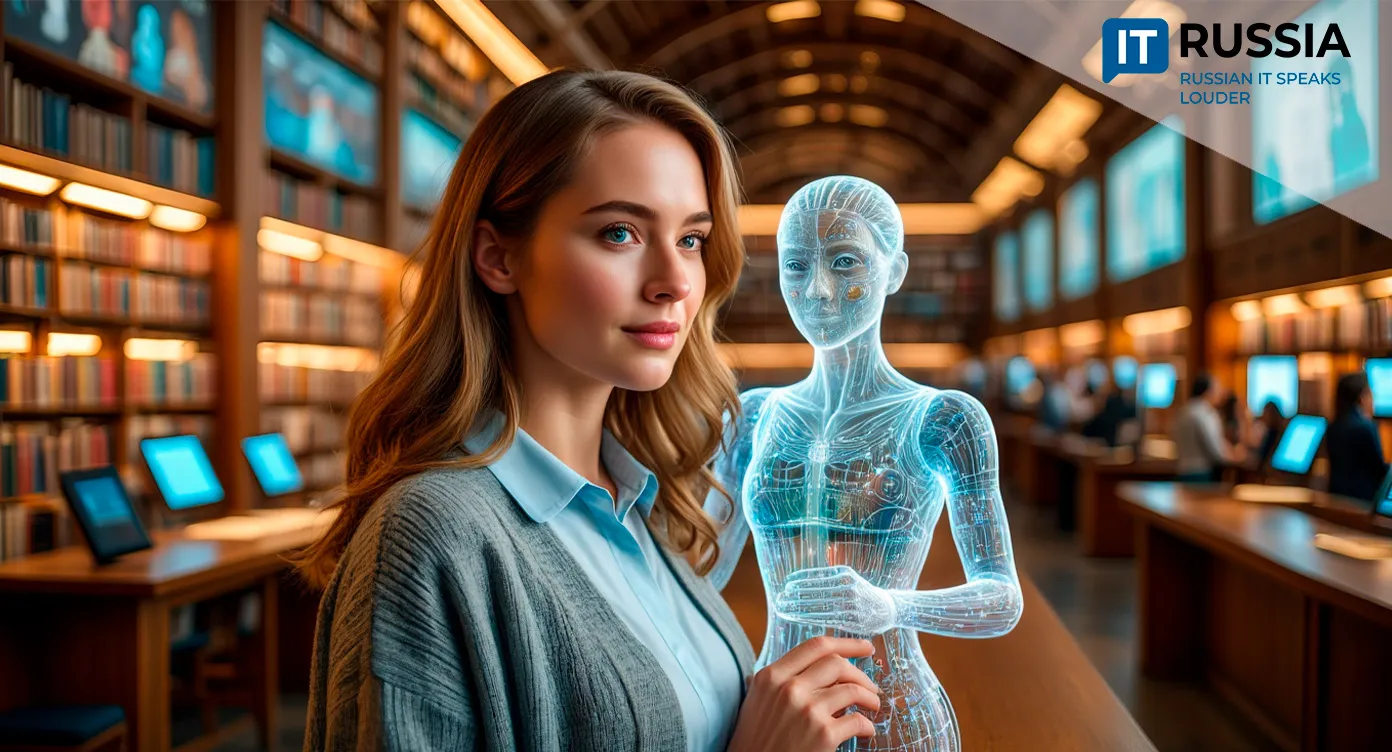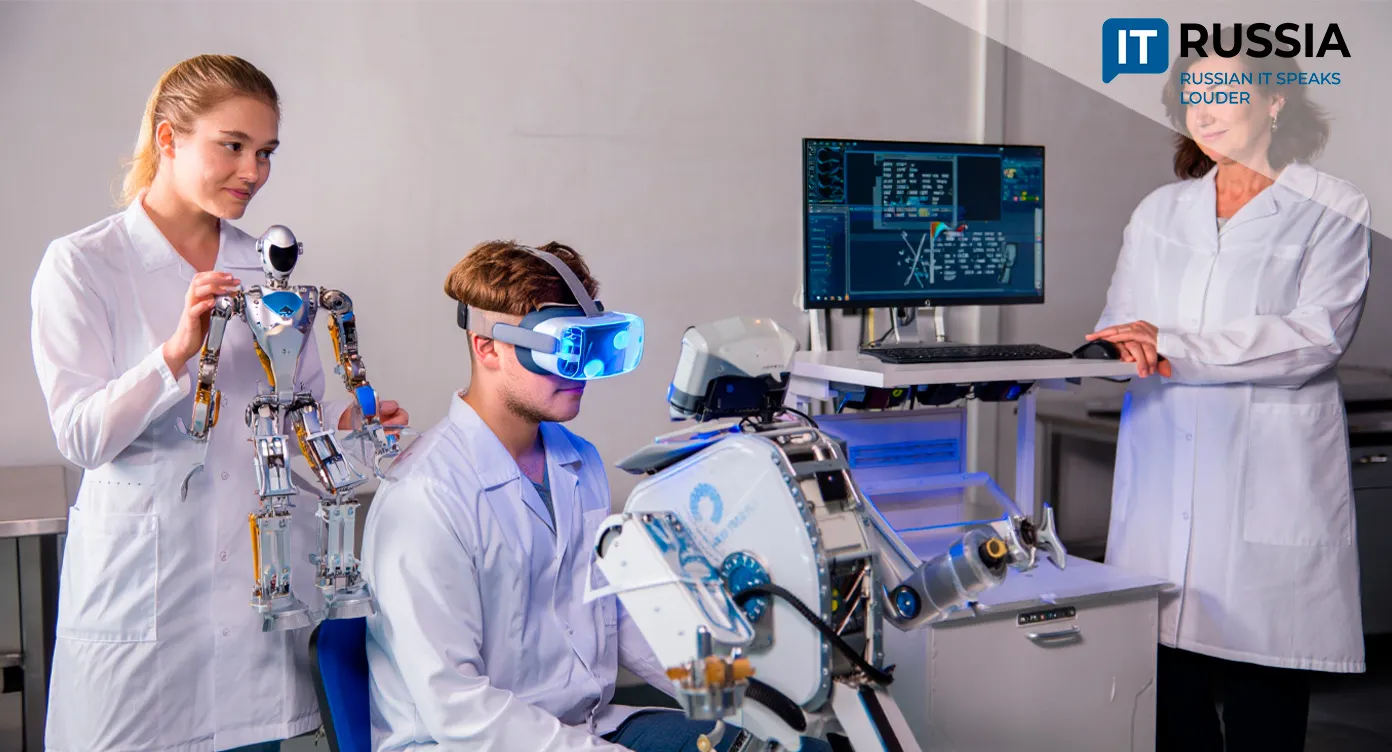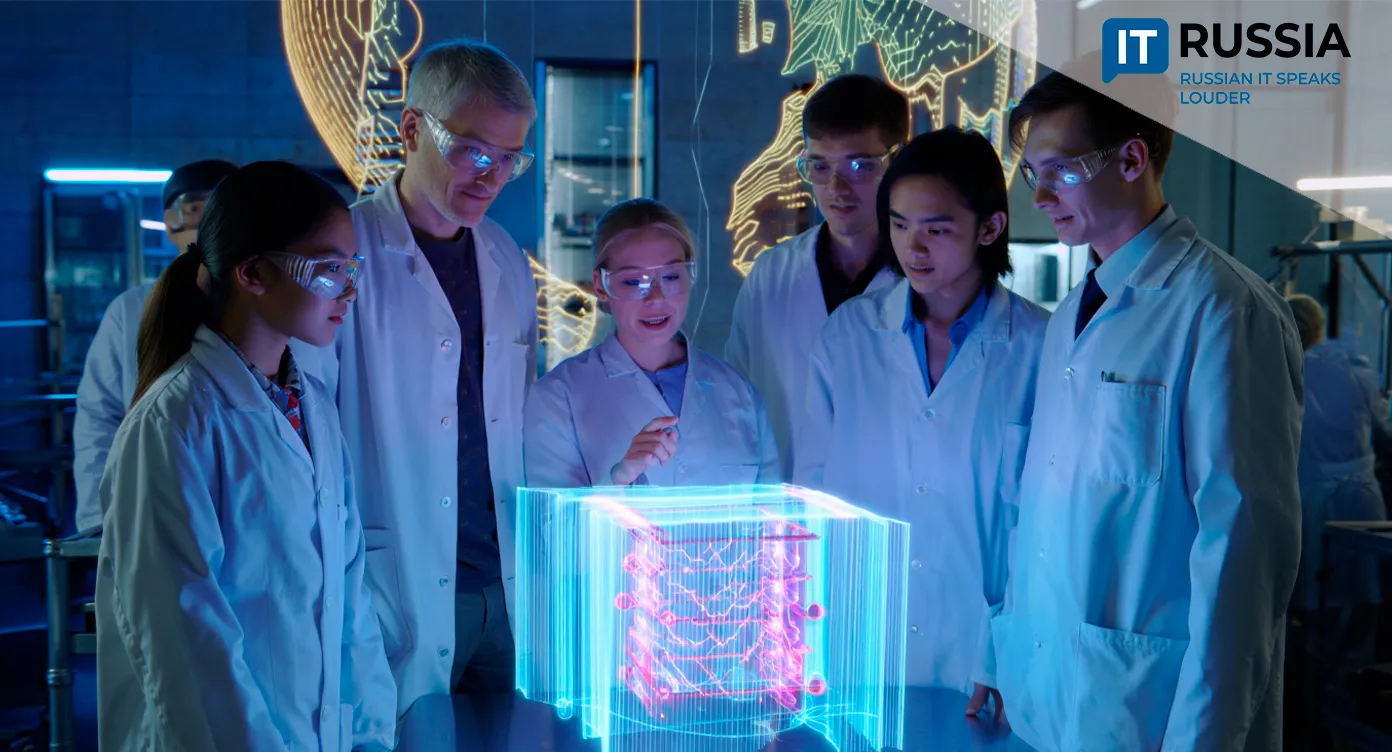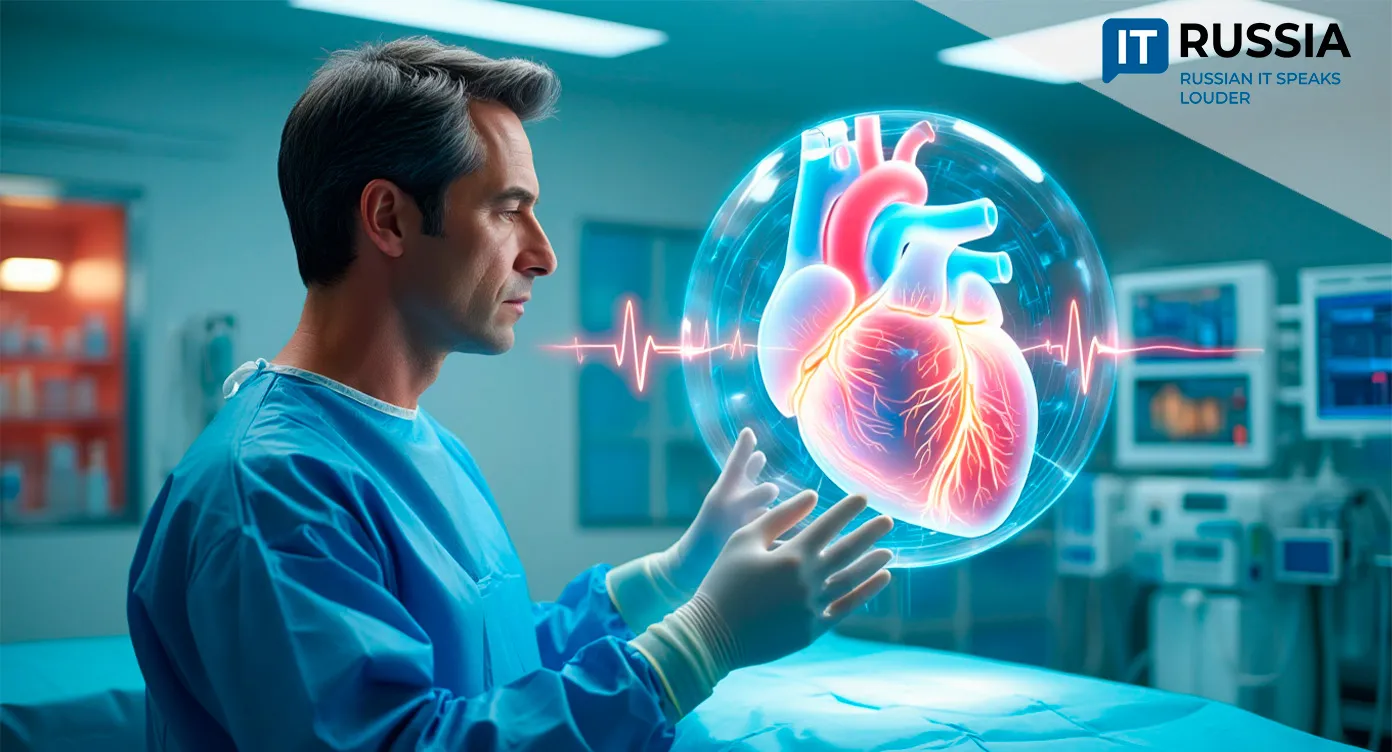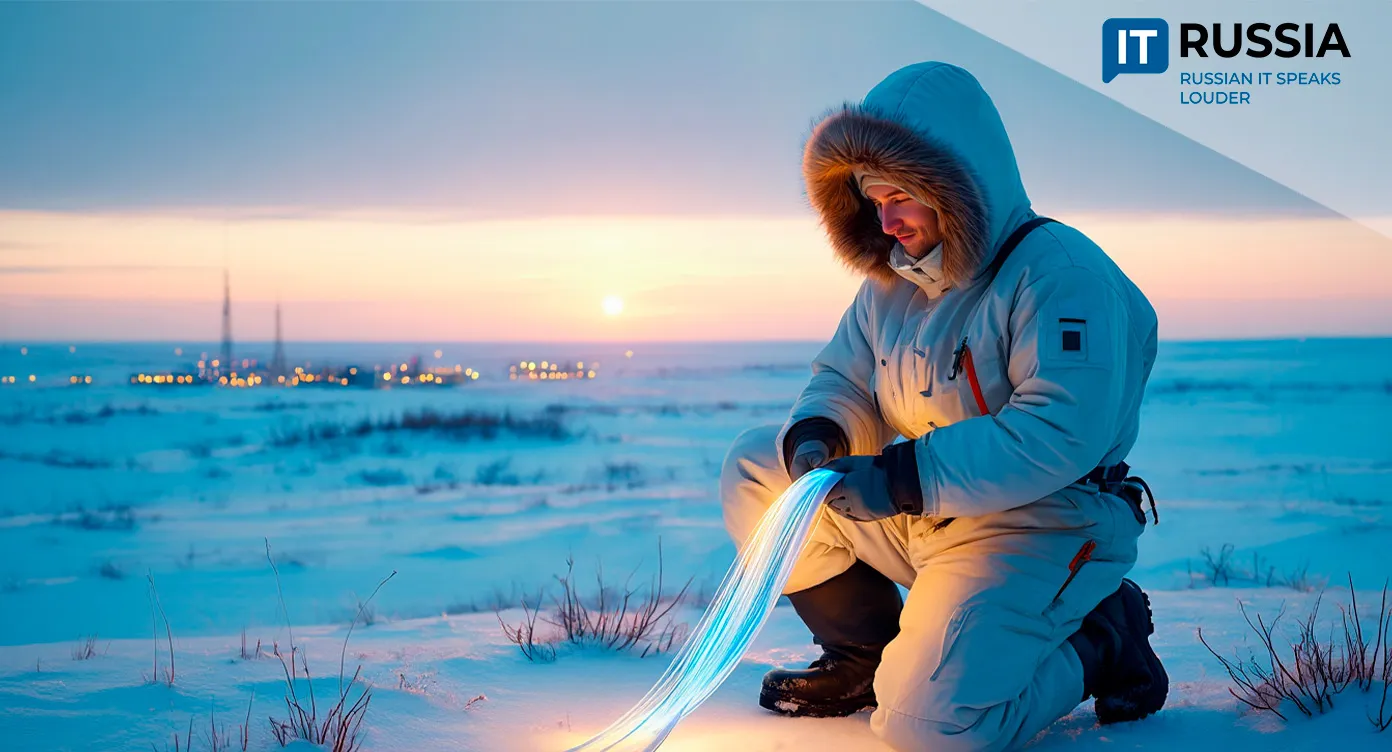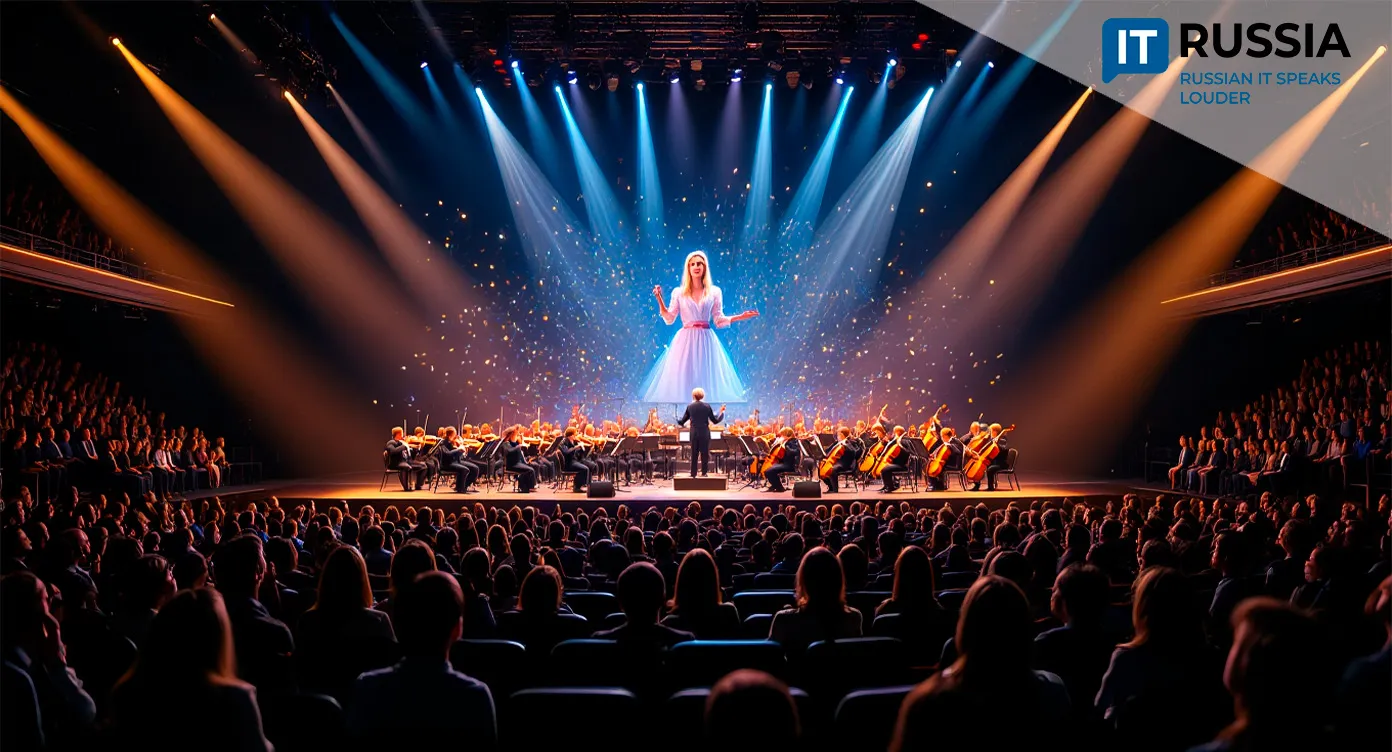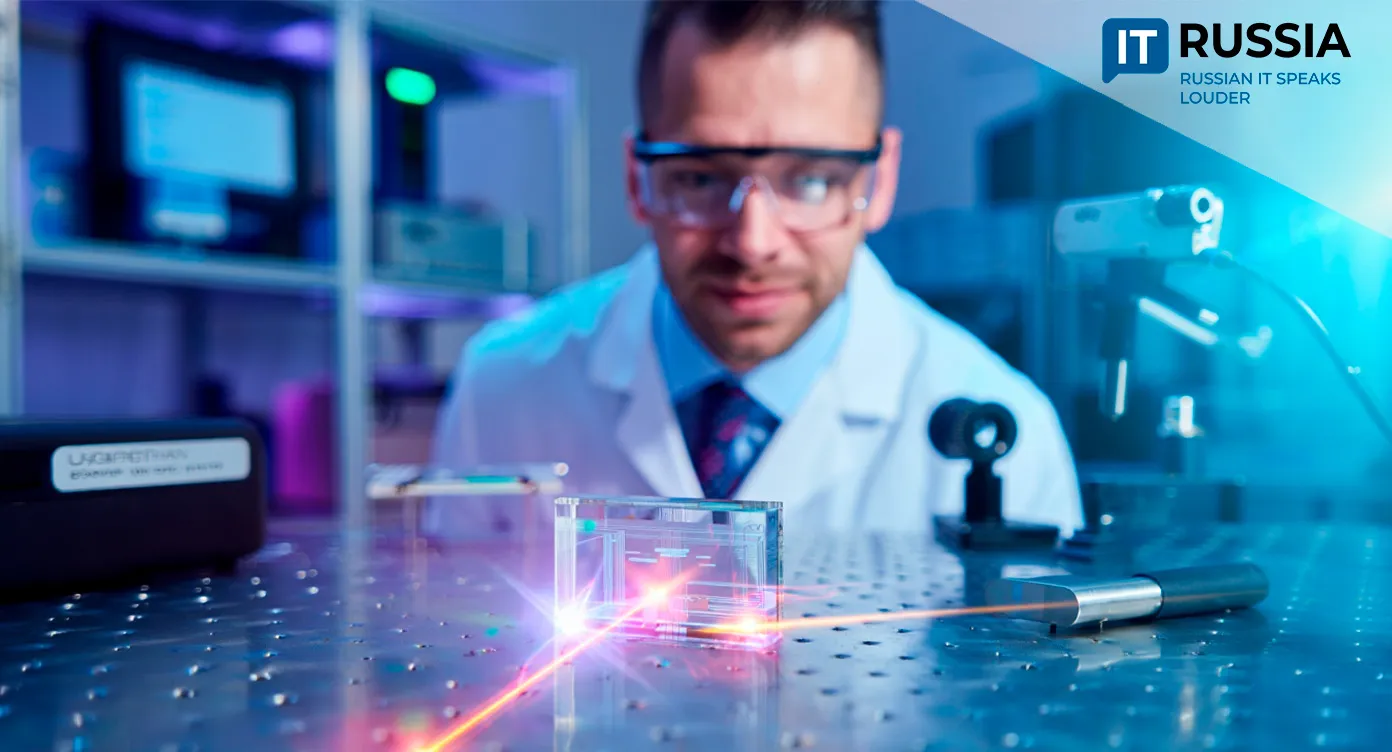AI Is Bringing Medieval Frescoes Back to Life in Russia
In Russia’s Pskov region, a team of young engineers and cultural heritage specialists is using artificial intelligence to digitally restore 700-year-old frescoes—revealing how they looked when they were first painted.
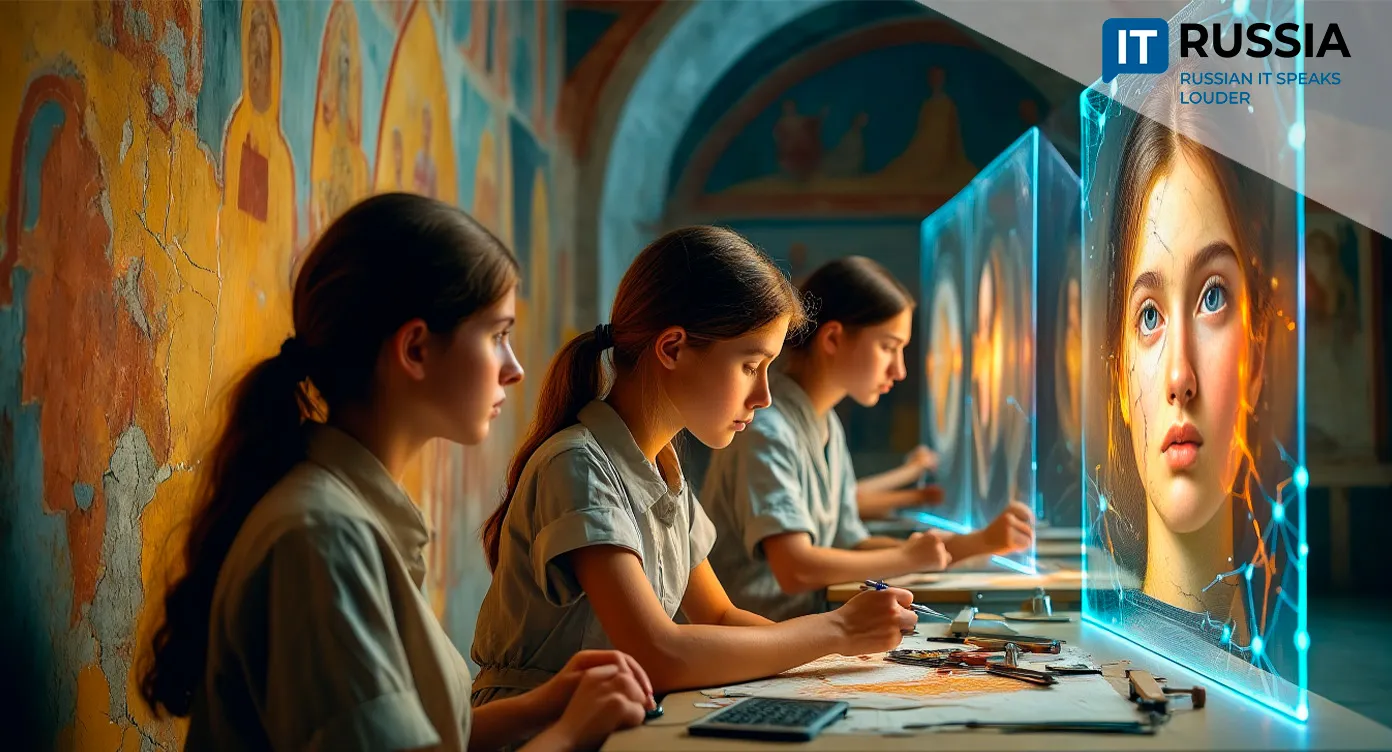
A Monument With a Fragmented Past
The Snetogorsky Convent, founded in the 14th century and dedicated to the Nativity of the Virgin Mary, is one of the oldest historical landmarks in northwestern Russia. Its main cathedral is home to the only surviving set of early-14th-century monumental frescoes from the Pskov school of icon painting, famous for its expressive faces and unusually vivid interpretation of biblical scenes.
One of the most striking works is a rare version of “The Last Judgment,” where the artists added narrative details unseen in other Orthodox murals of the time.
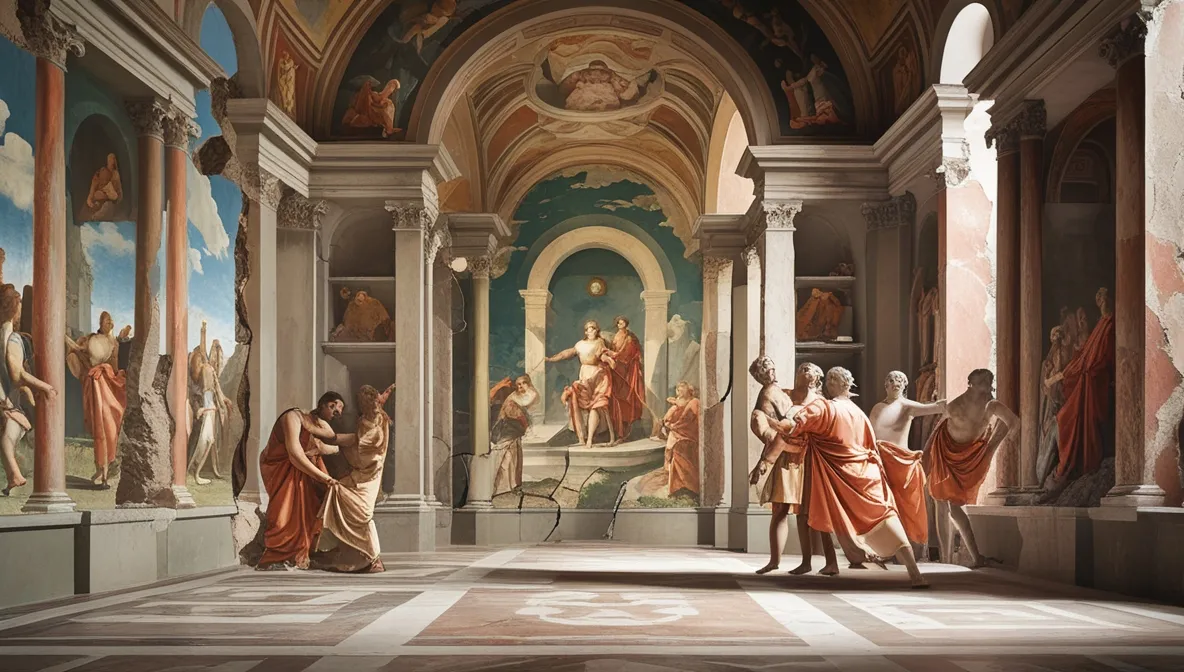
The frescoes, however, barely survived. A fire and multiple invasions destroyed large sections of the interior. For centuries, many of the remaining images were covered with whitewash or hidden behind a new iconostasis. Restoration began only in 1909 and has continued ever since—but the biggest challenge is color loss.
The Pskov school originally used a bold palette of reds, browns, deep greens, and blues. Today the scenes look muted and faded, making it nearly impossible to imagine their original visual impact. Full physical restoration would take decades and enormous funding. So a team at the Kvantorium technopark in Pskov chose another path: digital reconstruction powered by AI.
How AI Reconstructs Lost Color
The project combines high-resolution photography of the current fresco condition with a custom AI model trained on iconographic material from the same era. According to Viktoria Zaretskaya, deputy director of Kvantorium, the system analyzes the remaining pigment, compares it with reference data, and predicts the original color layers with high accuracy.
The result isn’t a guesswork sketch—it is a scientifically informed visualization of what the cathedral interior looked like in the year the frescoes were completed.
The initiative is part of the larger program “TekhnoGorye,” which aims to develop digital tools for cultural heritage preservation in the Pskov region. Once the virtual reconstruction is complete, the team plans to build 3D interior models and immersive tours so visitors can explore the monastery as it existed 700 years ago—without touching the real walls.

Russia’s Growing Expertise in Digital Restoration
Russia has recently become a testbed for AI-based art restoration. At the Ferapontov Monastery, specialists used Stable Diffusion neural networks to reconstruct 16th-century frescoes painted by Dionisy—restoring lost background patterns, color gradients, and even gestures of the saints.
At the State Historical Museum in Moscow, another team recreated a rare Tashtyk funerary mask using generative modeling and LIDAR scanning.
The results are not perfect yet: neural networks still require curated datasets and manual correction by art historians. But the trend is clear—AI is no longer an experiment, it is becoming a standard tool in restoration practice.
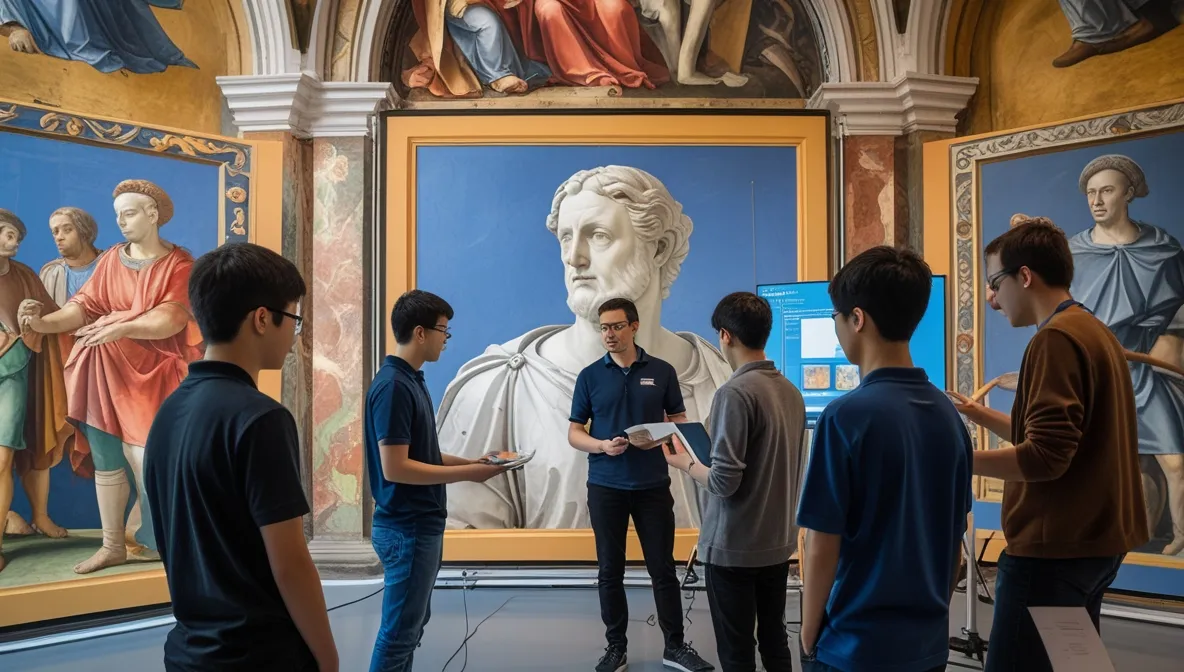
From Local Project to Global Mission
Digital reconstruction solves two problems at once: it preserves fragile artwork without physical interference, and it gives global audiences access to cultural heritage that would otherwise remain inaccessible.
Experts believe the next step will be hybrid restoration workflows, where AI models not only simulate lost fragments but also guide physical conservation work on real objects.
Russia’s progress in this field may shape new international partnerships. Many countries face similar heritage-loss challenges due to wars, climate damage, or poor preservation. A scalable AI-based restoration method could become a global export—both as technology and as expertise.


